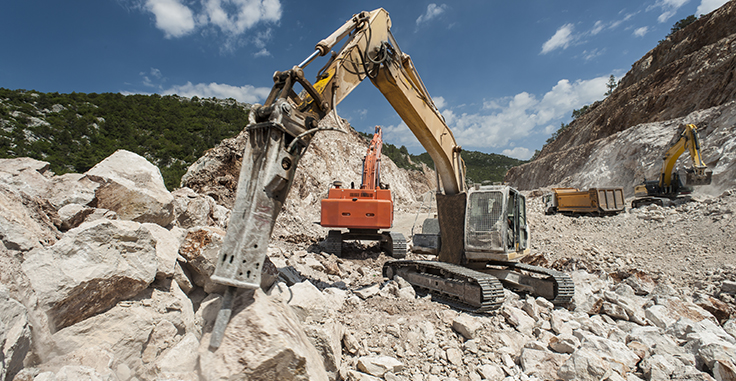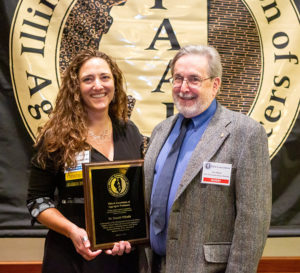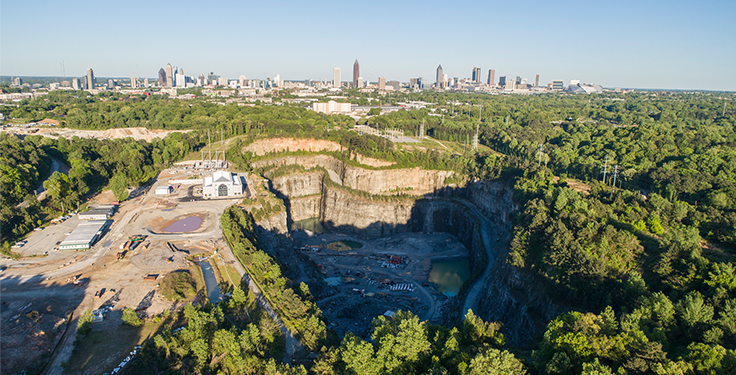
A growing problem in the aggregate industry is the decreasing availability of updated and refined geological information that’s needed to support the long-term development and production of crushed stone.
Geology is the primary control on the availability of high-quality stone resources in major markets. With lower initial production levels, less precise quality requirements and few, if any, zoning restrictions, it was much easier to produce these resources in 19th-century Chicago and Milwaukee, for example.
In recent decades, though, the depletion of old sites and the challenge of finding replacement sources in growing markets requires a need for increasingly detailed local and regional geologic studies.
As with all science, geology is not static and can improve over time with cumulative new information and insight. You don’t want to visit a doctor who hasn’t learned anything new in the last 50 years, nor one who is not a research-based or trained specialist on the subject of a serious medical problem. The same is true for geology.
The level of geological information available as recently as a few decades ago is no longer sufficient to support the modern stone industry. Critical geologic topics such as stratigraphy and depositional origins need to be constantly refined and improved through continuing basic research. This information is critical to ensure existing reserves are fully utilized and that their quality is maintained while new targets can be identified that justify the great expense required to obtain permitting and investments for new sites.
Information depletion

But what type of geologic information is needed, and who can provide it?
In most modern operations, quality testing is, on a daily basis, the most important geologically controlled information that producers need. Still, this is a technical or applied geologic activity that provides short-term information.
Daily quality testing, or testing in general, does not provide the information and fundamental knowledge that results from basic research that’s needed to support long-term operations. Quality can change dramatically with a single shot, with the questions then becoming: What geologic factors caused the change, and how will it impact future production?
Likewise, quality testing does not generate detailed regional information, nor can it be used to model long-term operations.
To address this problem, some larger companies employed their own on-site geologists as far back as the 1930s. Unfortunately, this trend has reversed in recent decades.
There are few company geologists who have the experience, knowledge or time to undertake these critical tasks. Government geological surveys have historically been the best sources for this basic geologic information, and they were the only organizations that could support the long-term study and data collection needed to develop a refined understanding of markets and aggregate-producing rock units.
But most of these agencies have closed their long-term research programs in recent years by eliminating staff and funding. These organizations might be able to provide technical information on quality testing or site-specific environmental issues. These services are also generally available from private companies, though.
What is generally no longer available, however, is refined and updated geological information based on long-term research, which is focused on specific aggregate markets and stratigraphic units that can produce high-quality stone resources.
Donald Mikulic is a geologist whose career took him to the Illinois Department of Natural Resources and the University of Illinois at Urbana-Champaign. He currently serves as a curator of the Weis Earth Science Museum at the University of Wisconsin-Oshkosh campus in Menasha, Wisconsin.











